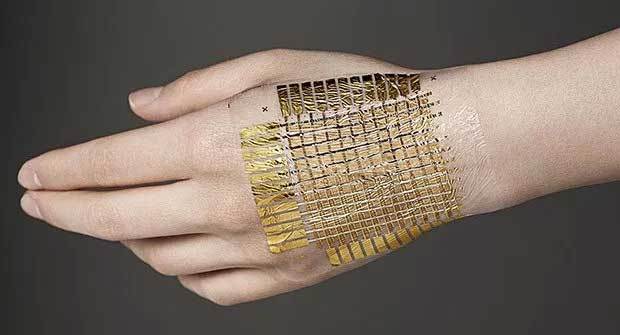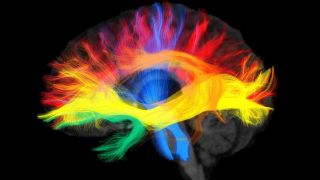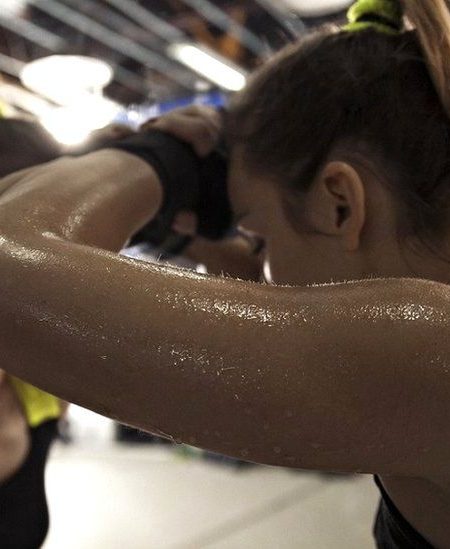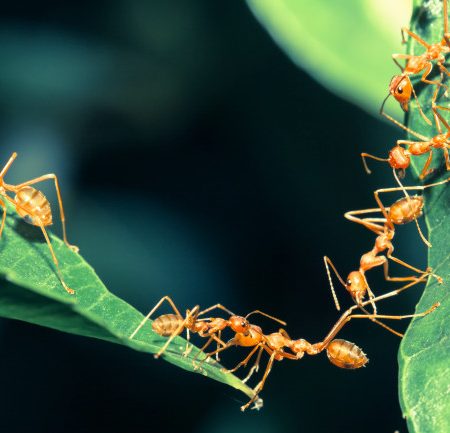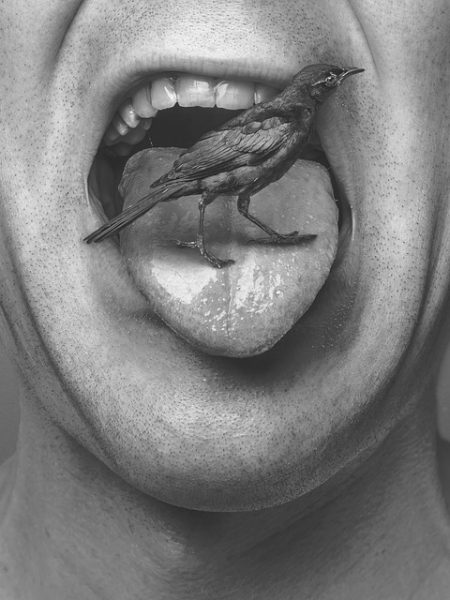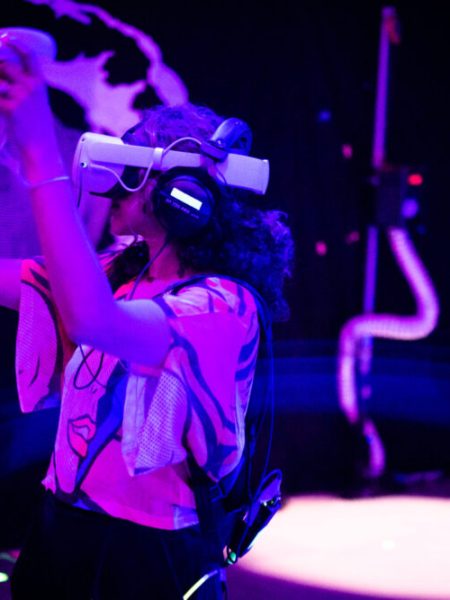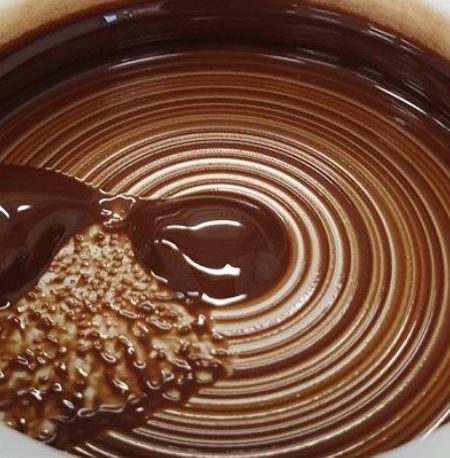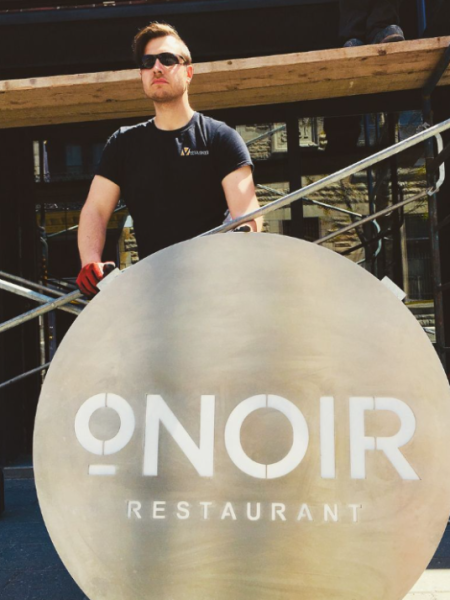As human senses are replicated and enhanced by engineers, so our quality of life improves…
The replication of natural senses has numerous applications in bettering lives and increasing efficiency in industries all around us. E-skin, any number of ultrathin, flexible, wearable devices that combine microelectronics and sensors, can simulate a sense of touch for prosthetic limbs by detecting even light pressure and transmitting that to the wearer. Developments in technology have also opened the door to wearable devices that enhance interactions with computers, perhaps creating haptic stimulation to provide directions or notifications. While these wearable sensors are constrained by the need for light and flexible material, artificial tactile sensors can also be used in robotics or even smartphones. These sensors are coming closer and closer to mimicking the human sense of touch, even beginning to sense elements such as surface texture. As with most of these technologies, there are quite a few current use cases but even broader possibilities for future development.
Meet the digital “nose” that sniffs
Electronic noses and tongues made their start in industrial applications as long as a decade ago; food, beverage, pharmaceutical, plastic, packaging, and environmental industries all have used electronic versions of human senses. Replacing what may be an unpleasant or even dangerous task, sensors can detect if flavors or odors in food are off, provide quality control, and detect contaminants. The arrays of gas sensors in e-noses and liquid sensors in e-tongues, along with pattern recognition tools, may be able to detect minute differences that may be indistinguishable to the human palette.
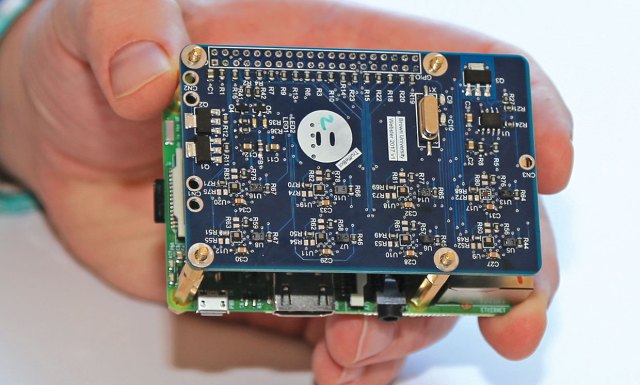
E-noses function by detecting the trace or “fingerprint” of a chemical compound across their sensor array using pattern recognition. They are also being tested for their ability to detect diseases — perhaps sensing blood glucose levels, or even cancer, by compounds present in the breath. In 2018, researchers at Brown University developed a small sensor with the ability to detect even more contextual information. Their TruffleBot is able to measure small pressure and temperature changes, which are additional physical characteristics that can be used to identify a smell. The device accomplished these additional contexts by including both chemical and mechanical sensors, in this case, a digital barometer. On top of all this, their device can even sniff, drawing in puffs of air for analysis and functioning as a real sniffer.
E-tongue: an array of liquid sensors
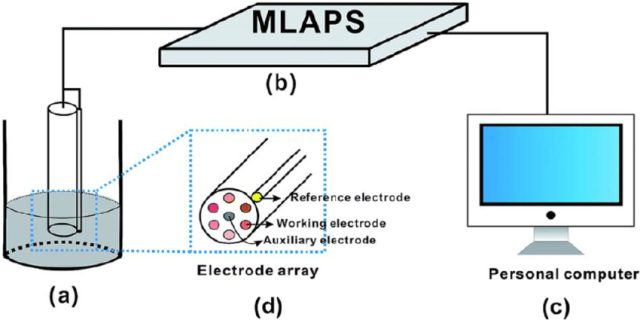
E-tongue devices function on similar principles: an array of liquid sensors collects information, which is then analyzed via a computer algorithm. Again like the e-nose, while the specificity of each sensor unit in the array is low, the combination of several units and specificity classes leads to large information potential. Through their years of use in industrial settings, several refinements have been made to electronic tongues. Most models are based on measurement techniques utilizing electrochemistry, such as potentiometry or voltammetry. First made in 1997, the voltammetric e-tongue can be miniaturized, or produced with self-polishing properties to protect electrode surfaces from contamination. Like many of these sensory replicas, the tongue has a well-established methodology, but also considerable development possibilities such as measurement systems for the microbial activity or water quality, use of microelectrodes, and more.
Digital lollipop possesses a taste?

On the flip side of taste technology, there are some devices that can trick us into thinking we’re tasting something we’re not. Taste simulation is another fascinating confluence of electronics and food, with Nimesha Ranasinghe, one of the world’s leading researchers in the area, having produced a number of ways to control taste sensations. Ranasinghe’s electrode-embedded chopsticks simulate saltiness, a tumbler recreates the tart taste of lemonade, and a lollipop possesses a taste that varies based on your own biochemical makeup. This is just another step in bringing human senses into a virtual reality space, using electrodes on the surface of utensils and dishware to create a sensation as our own sense organs make contact with them.
feelSpace navigation belt senses directions
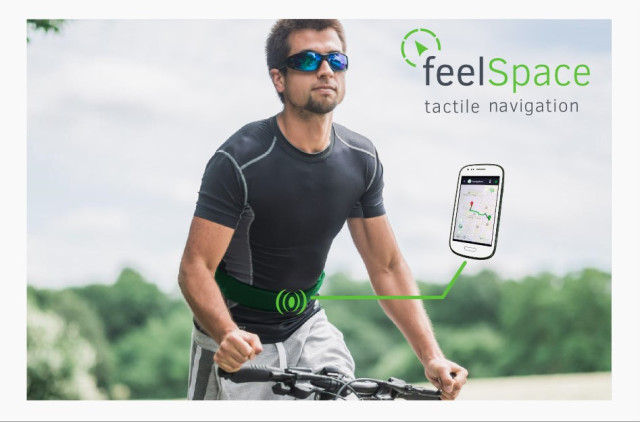
Developing methods to relay information without or as an extension of human sense organs opens up so many possibilities: relaying sights to those who are visually impaired, enhancing taste and touch, and even recreating those sensations in virtual environments. It may even be possible to create in humans sensations we have never experienced. Basing their work on the navigation ability of birds and bats, a group of researchers in Germany has been able to create what they call the feelSpace navigation belt. The wearable device transforms magnetic currents into vibrations, allowing people to sense directions and orient themselves through tactile stimuli. If we can translate other senses in nature through our senses, what else can we learn to feel, and what feelings can we create? With the groundwork laid in all six senses, it’s just up to us to expand what is possible.
Source: Beyond Human Senses: The ‘Next Senses’ to Augment Your Sensory Experiences – EE Times India
Recent multisensory articles

The Connection Between Saliva And Flavour Perception? | Slurp
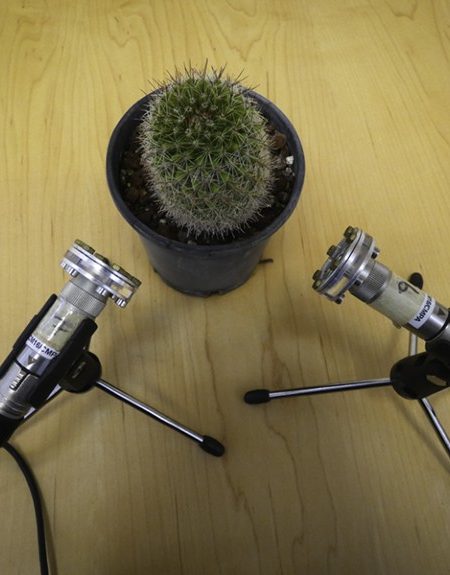
Stressed plants ‘cry’ — and some animals can probably hear them | Nature
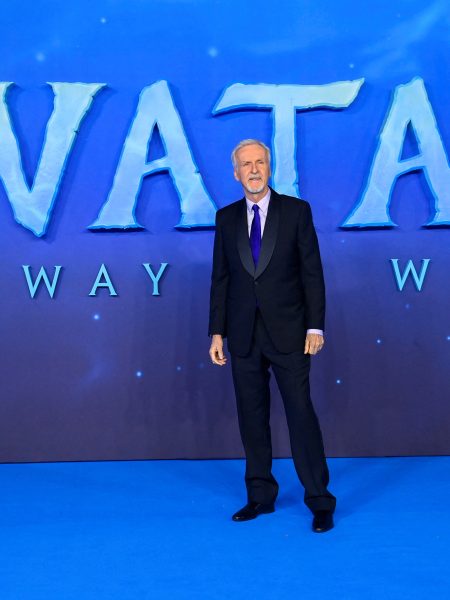
Could the metaverse help predict and produce movie blockbusters? | World Economic Forum

Scent adds more dimension to exhibits and stories & enhance perception and interaction | Denver Art Museum
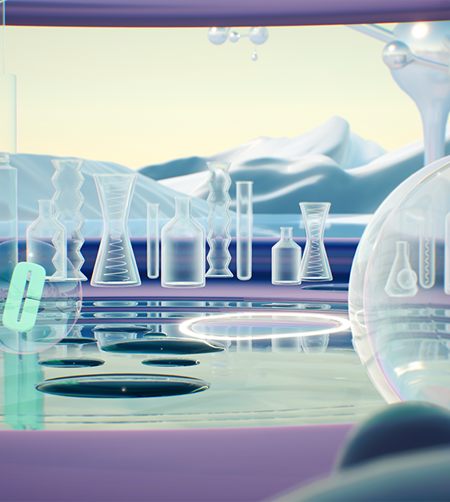
Why Clinique’s Next Move In The Metaverse Is A Winning Formula For Web3 Retail | Forbes
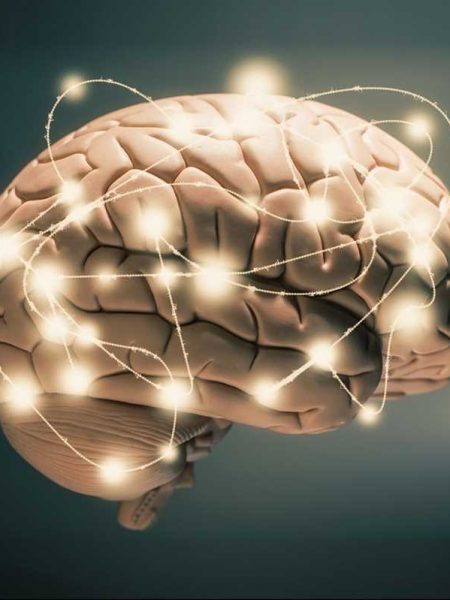
How to Use the 5 Senses — Plus a Secret 6th One — to Catapult Your Brand Experience | MarketBeat
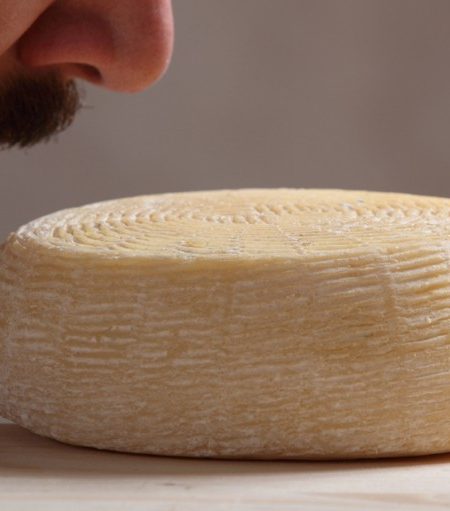
How do we smell? First 3D structure of human odour receptor offers clues | Nature

Breakthrough on ‘sense of smell’; scientists create 3D picture of odour molecule | Hindustan Times
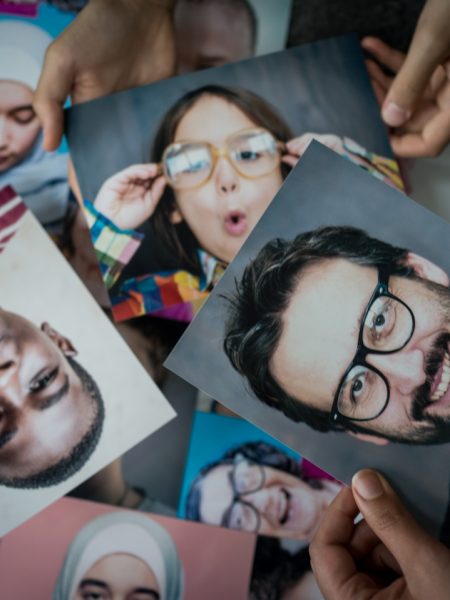
After COVID, an artist found couldn’t recognize her own father. Her odd new symptom: Facial blindness | Fortune Well


